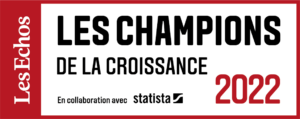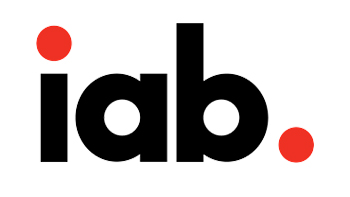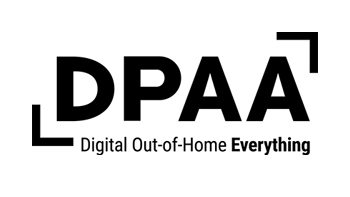Laure Malergue is the founder of DISPLAYCE. The company is an DSP with a fleet of 26,000 digital screens in France, within five indoor and outdoor display networks, for programmatic sales. Its solution has been operational since early 2016.
What does programmatics have to offer for exterior digital display advertising?
Firstly, programmatics makes it possible to target an audience in real-time using automation. It also widens agencies’ playing fields by offering them different types of networks that cover their advertisers’ targets. For exterior display, there are the very large networks, part of whose fleets are digitized, and the pure players, such as those that are connected to newsagents’ cash registers, gas stations or companies with a fleet of screens in bars and restaurants. Programmatics makes it possible to purchase different spaces, as well as to create more intelligent messages, targeting them depending on the weather or the results of a sporting event for example, and by creating a package. Programmatics can also be used to measure data and provide feedback in real-time.
Who are the intended advertisers?
All advertisers whose strategies involve an attractive environment or tactical targeting around points of interest: in our geolocalised database, we have 80,000 points of interest such as cinemas, schools, museums etc. These advertisers often include travel agencies, real estate agencies, retail chains, or brands organizing an event in a city. For example, we have worked with a land developer wishing to target areas within a 1.5km radius around its new developments. The advertisements displayed the development’s name and location. There are no technical programmatics prerequisites for advertisers: generally speaking, they provide a budget, a time period and an idea of the geolocalisation. If they wish to organize a campaign around their store, they simply need to give us its GPS coordinates. Finally, they provide a creation, which we adapt ourselves for the different display screen sizes.
Is the market structured?
It is an emerging market: in France, only 8% of display is digitised, but this number is growing by 25% per year according to Irep. However, according to a study by the Digital Place-Based Advertising Association (DPAA), traditional media is experiencing the highest programmatics penetration rate: 40% in 2018, compared to 17% for TV. The market is becoming more structured: for example, we have implemented a CPM system for display, which takes into account the screen size, the audience and the quality of the location. Previously, display advertising had been purchased in packs, such as the “Ile-de-France” pack, for a given period. Our technology allows us to keep track of the impressions displayed on each screen, enabling advertisers to purchase them by the unit. We are also working on a “contact” CPM (that counts the number of people exposed to the advertisement). A new ecosystem is in the works: in a system where cookies are not tracked, we must recreate programmatics tools and adapt the OpenRTB protocol, which cannot be directly transposed. We are involved in the structuring of a programmatics ecosystem for digital display where specialized players and the existing Web players will coexist.




